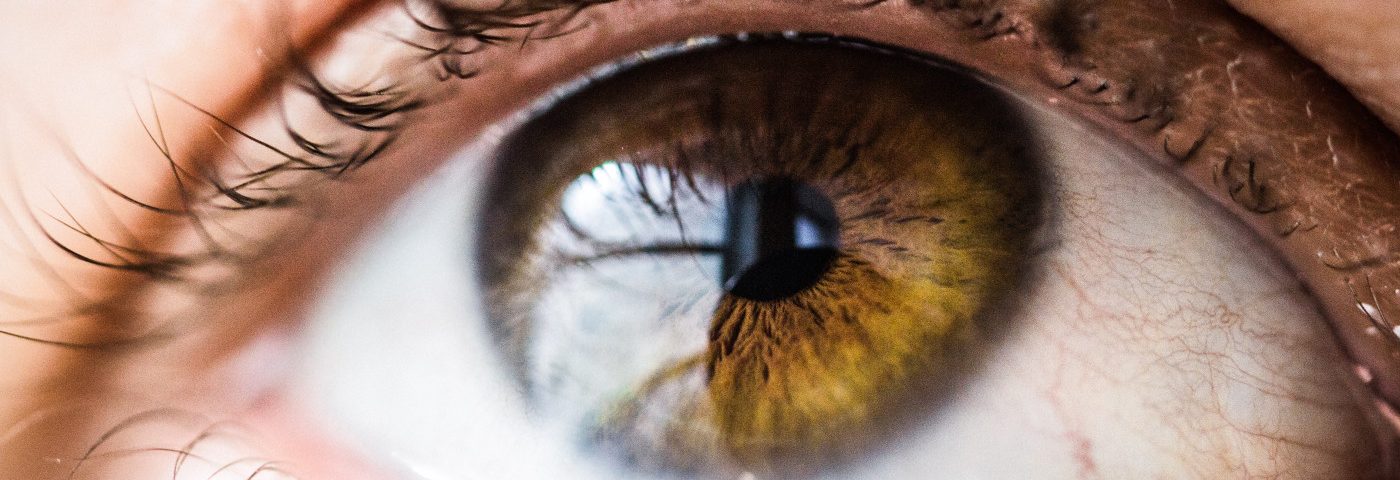Direct and indirect corneal neurotization — two different approaches of a surgical procedure that aims to restore nerve function in the cornea — both were able to fully heal patients with neurotrophic keratitis (NK) who failed to respond to conventional treatments, a study reported.
The study demonstrated that both surgical techniques were effective at triggering nerve regeneration and improving corneal sensitivity without causing major complications.
Findings were reported in the study, “Direct Versus Indirect Corneal Neurotization for the Treatment of Neurotrophic Keratopathy,” published in the American Journal of Ophthalmology.
NK is a degenerative eye disease in which the nerves serving the cornea — the transparent outer layer of the eye that is responsible for controlling the entry and focus of light — are progressively damaged. When these nerves malfunction, the cornea loses sensitivity, as well as its ability to self-repair.
Corneal neurotization (CN) is a surgical method that has been proposed fairly recently as a potential treatment for NK. The procedure consists of transplanting healthy nerves (from another area) to the diseased cornea in an attempt to restore nerve function and prevent cornea deterioration.
Surgeons may perform CN using two different approaches. In the first, called direct CN (DCN), surgeons place a portion of the healthy nerves that innervate a patients’ upper eyelids and forehead directly in the cornea. In the second, called indirect CN (ICN), surgeons place a nerve graft — normally taken from a large nerve in the calf muscle — between the cornea and the nerves of the upper eyelids and forehead.
Each procedure has its own advantages and disadvantages, with DCN being generally more invasive, and ICN being associated with additional complications caused by calf nerve harvesting.
Although previous studies have described the clinical outcomes of NK patients undergoing both procedures, none focused on directly comparing the two surgical techniques.
Here, investigators reported the findings of a study that sought to compare the safety and effectiveness of both surgical techniques in a group of NK patients who failed to respond to conventional treatments.
The study was based on data of 26 eyes from 25 NK patients (20 women and five men, with a mean age of 45.44 years), who underwent CN between November 2014 and October 2019, in one of three specialist tertiary centers in Italy. From these, 16 were treated with DCN and 10 with ICN.
The study’s main goals included comparing the complication rates of both surgical techniques, as well as their effectiveness at improving corneal healing and sensitivity, and restoring cornea nerve supply.
Both techniques were equally effective at promoting corneal healing. Within approximately four months, all treated patients saw their corneas fully heal. These beneficial effects lasted the entire follow-up period of one year.
Analyses also showed that corneal sensitivity improved in most patients who were treated with DCN (80%), as well as in the majority of those treated with ICN (83.3%), over the course of one year. Importantly, DCN and ICN were found to be equally effective at improving corneal sensitivity in these patients.
Analyses performed before surgery showed that all patients had either no nerves, or very few thin nerves, innervating their corneas. However, all of them, regardless of the type of surgery received, started showing signs of nerve regeneration within three months following the procedure. After one year, their cornea nerve supply was nearly normal.
Safety assessments also demonstrated that neither DCN nor ICN caused any major complications.
“Our results confirm that CN is a safe and effective procedure [that] … allowed the healing of NK in all patients as well as improvement of corneal sensitivity in most of them thanks to nerve regeneration … regardless of the type of surgical technique employed,” the researchers wrote.

